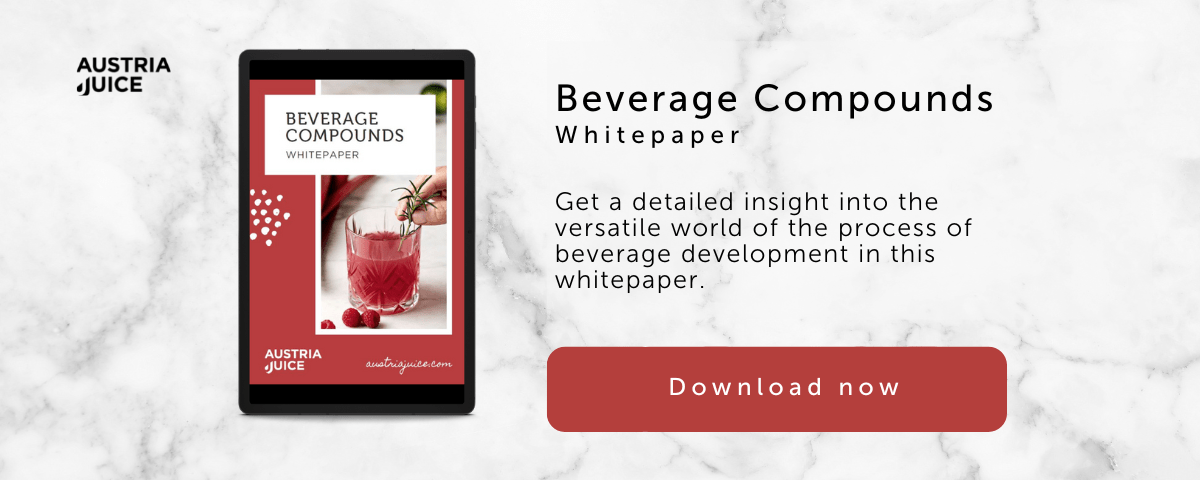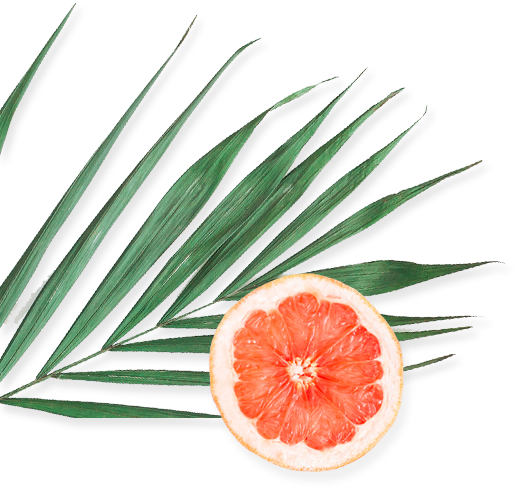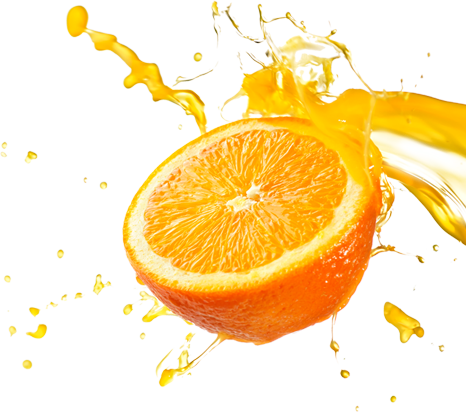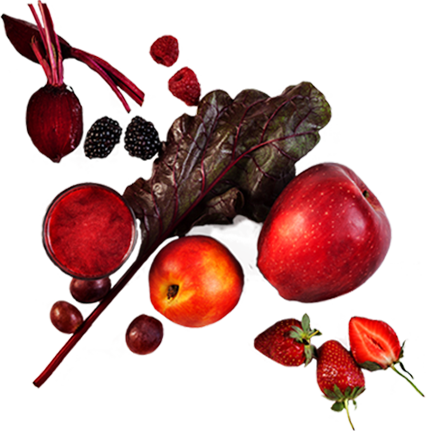
What is Clean Label?

Featured Posts
Categories
Interested in more? Subscribe to our blog.
The term Clean Label is used in connection with the labeling of food and primarily indicates that certain ingredients or substances are not included. These "free from" claims can mean for example, sugar-free, no preservatives, no colorings, etc.. Clean Labelling often fulfils consumers' desire for food that is less processed and only includes a short ingredient list. Generation Z in particular is now seen as the most important target group for clean labelling.
It is a sustainable counter-trend to the almost limitless supply of industrially produced food: If you stand in front of the supermarket shelves today, you won't find anything that isn't there. From drinks to exotic vegetables, meat in all its varieties to countless varieties of spices and mixes, dairy products, frozen goods, juices and wine - the offer is almost inexhaustible.
At the same time, consumers today are more concerned with their personal health and well-being than ever before. More and more are critically questioning what ends up on their plates and ultimately in their bodies. As a result, an increasing number of consumers prefer the natural alternative in the oversupply of food.
From Clean Eating to Clean Label: thoroughly "clean" food as a new lifestyle
The origin of Clean Label dates back several years: US nutrition expert Tosca Reno developed a concept she calls Clean Eating in response to the ever louder call for "clean eating" - and landed bestsellers worldwide with her books. Dishes should consist of no more than five fresh ingredients and involve no more than five processing steps. Cooking is done with cold-pressed oils, seasoned with plenty of herbs and pepper but little salt.
Clean eating is a step up from a meat-free diet in the direction of environmental protection, as soy in particular has repeatedly fallen into disrepute. Reno is convinced that 80 percent of well-being depends on nutrition. "You are what you eat" takes on a new meaning with Clean Eating.
Clean Eating
- Dishes consist of a maximum of five ingredients
- They are prepared in no more than five processing steps
- Cooking is done with cold-pressed oils, fresh herbs, pepper and little salt.
- 80 percent of well-being depends on nutrition
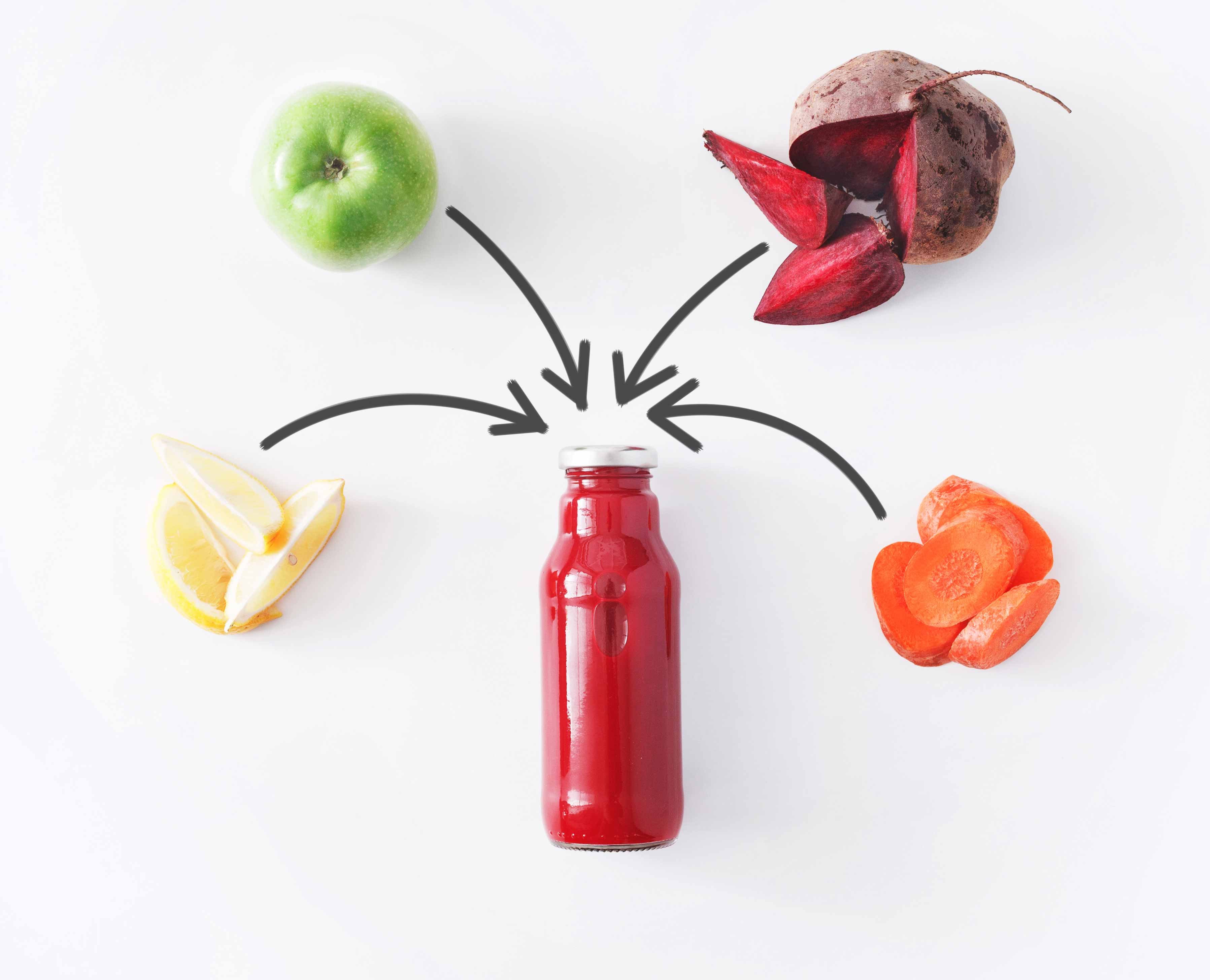
Clean Label: The answer to the desire for clean food
What Clean Eating is in private kitchens, Clean Labelling is in the broadest sense in industry. Clean labelling describes food products with familiar and simple ingredients that are easy to recognise and understand. However, despite the increasing use of the term "clean label" in the fast moving consumer goods sector, there is no universally accepted definition of what constitutes a clean label product. But all food products with this so-called "clean labelling" have one thing in common: a clean label product promises that the product contains one or more ingredients that are as unprocessed and natural as possible and that the product generally consists of few ingredients. Clean labelling regulations are for e.g. "free from" claims, such as "without sweeteners", "without colourings and preservatives" also fall into this category.
A "new simplicity" has also established itself in gastronomy parallel to the Clean Eating trend. Many new successful gastronomic concepts are mono-concepts, in which one product in particular dominates the menu in several variations. And that in the highest quality. Top chefs also tend to use fewer ingredients in their preparations.
Good substitute: less is more
So many clean label products use less processed and/or synthetically produced substances that make consumers feel better and are seen as healthier alternatives.
Common substitutes include:
- Colouring plant-based foods.
Artificial colourings can be substituted in Clean Labelling by colouring plant extracts and/or colouring juice concentrates such as beetroot or carrot juice concentrate. - Yeast extract
Yeast extract is of natural origin and is used in some Clean Label products instead of artificial flavour enhancers. - Preservatives
Preservatives, for example in juices, are mainly replaced by technical processes that make the addition of artificial preservatives unnecessary.
"Natural" becomes a status symbol for brands
Clean Label meets the pulse of the times. According to Mintel, 36 per cent of UK consumers believe that foods containing artificial ingredients cannot be healthy, and 81 per cent of French consumers specifically say they think natural foods are healthier than processed ones.
In fact, 69 per cent of UK Generation Z respondents (aged 24 and under) say they feel good about buying ethically sourced food and drink. In general, however, clean label products are also associated with higher quality and better taste.
Source: "The Clean Label Evolution in Food and Drink", Davina Patel, Mintel, February 2022
Generation Z has already grown up with clean label - and products need to evolve with them, writes Mintel's Stephanie Mattucci in her report "Elevating Clean Label to meet the needs of Gen Z". Her recommendations are therefore:
- Evaluate what "safe" means
Clean label has always been associated with a sense of security, but since Covid-19 and the relevance of climate change, we need to rethink security. - Help Generation Z to be changemakers
The young generation see themselves as changemakers - the industry can support their efforts with Clean label products. - Think long term for health and sustainability
Sustainability initiatives will help to improve the future in the long term - as well as a large number of healthy people will.
Source: "Elevating Clean Label to meet the needs of Gen Z", Stephanie Mattucci, Mintel, September 2021
Clean label overtakes functional food
"No artificial" is the most common basic clean label claim used in packaged foods. It accounts for a total of six percent of all products tracked in 40 major markets in 2020. Consumers' concerns are mainly about preservatives, but artificial flavours are also highly criticised, followed by artificial additives.
According to food experts, the growth of "natural" products is already overtaking the growth of "functional" products. Thus, in most regions - except for Australia and Asia - natural products that meet clean label criteria are generally preferred. In fact, in developed regions such as North America and Western Europe, retail sales of fortified/functional foods that undergo a degree of processing will actually decline. Fortified pasta and dairy products in particular are dampening growth potential: consumers now simply prefer products made with natural ingredients. For example, whole grain products are particularly popular for their fibre content.
The fact is that clean label products are associated with health: In the short term, this perception will continue to be an important growth driver. In the past, Clean Label claims have even been used in product categories that previously had the image of being detrimental to health. In this way, Clean Label serves as a differentiator for brands and helps to enhance a product's image in many ways.
Source: "Clean Label: From Health to Transparency", Passport, March 2021
In Europe, the share of food and beverage launches displaying an ethical or environmental claim increased from 27 per cent to 38 per cent from 2017 to 2021.
Source: "The Clean Label Evolution in Food and Drink", Davina Patel, Mintel, February 2022
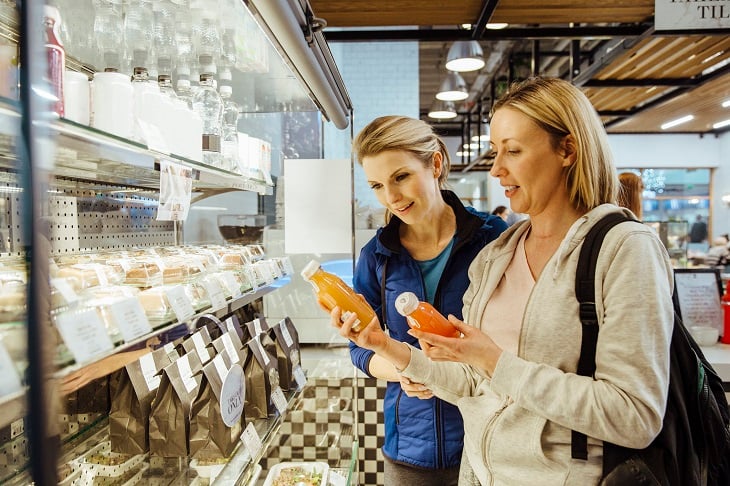
Clean labelling as an opportunity
Clean labelling can therefore be used by manufacturers to inform and promote a corresponding product, because it hits the pulse of the time: "The interest in safe food and the concern about its origin has become an ongoing theme in our eating culture," Hanni Rützler already wrote in her Food Report 2019. Clean labelling is undoubtedly a trend that is here to stay: Insecure consumers would demand safety and transparency in terms of origin, processing, ingredients, distribution and sales.
Clean Labelling is not only a huge opportunity for product marketing - provided that the criteria are actually met: Clean Labelling has become a key driver and a must-have.
Although there is no regulatory or legal definition for "clean label", clean labelling is characterised by how consumers perceive products and how food companies market their products. Simply said, consumers want to buy food and beverages with a short list of natural ingredients. It has been found that globally, more than half of consumers say they actively seek out foods with natural ingredients.
The pandemic has also helped to encourage people to eat healthily. Since more and more people are eating mainly home-cooked meals since the lockdowns, they are likely to continue to check product labels more intensively in the future. In addition, consumers have also become more aware of responsible sourcing of food ingredients. They now associate clean labels with healthier lifestyles and care for planet Earth.
Source: "Clean Label Flavours - Expert Insights Into Clean Labelling Trends and Examples of Clean Label Flavour Solutions", Prescouter 2022
For the manufacturer, the implementation in the product development process is not always easy. For many of the ingredients used, it is not easy to find an adequate alternative that correspond with the approach of clean labelling.
AUSTRIA JUICE scores here with an expert know-how in the technological development process and a high-quality portfolio of certified organic fruit juice concentrates and flavours that are ideal ingredients for clean label beverage and food creations.
Conclusion:
Clean label on the beverage market are drinks that are made from few ingredients of natural origin and are not or only slightly processed. Among consumers worldwide, clean label is associated with naturalness, health and sustainability. The younger target group of Generation Z, which has a strong sense of values for environmental protection, health and conscious consumption, has already grown up with Clean Label and is the main target group of Clean Label products. In general, however, Clean Label is no longer a "nice-to-have" predicate, but has become a "must-have" in some specific product categories.

Cornelia KerschbaumerAuthor
Director of Marketing & Communication

